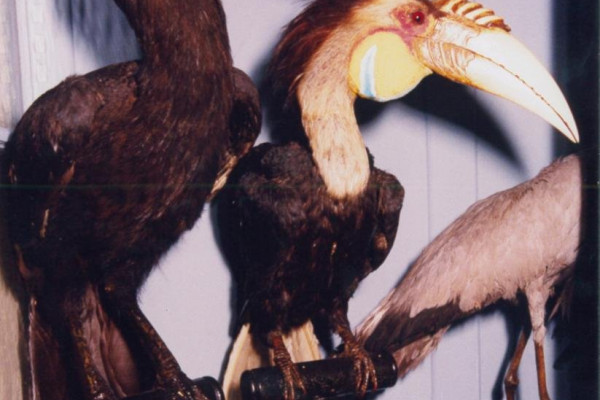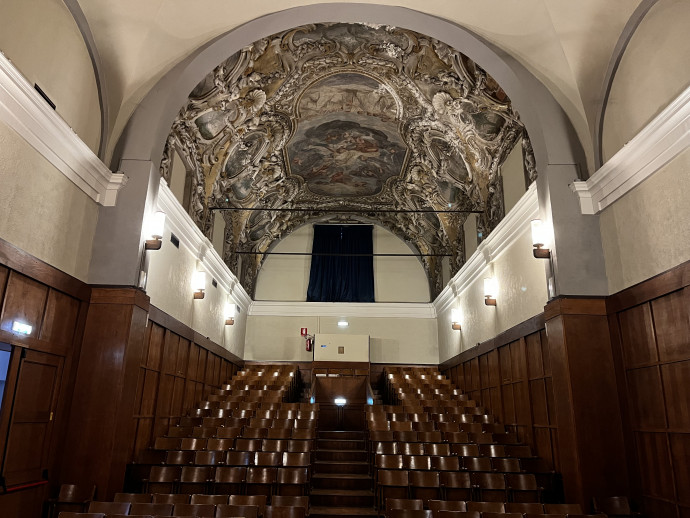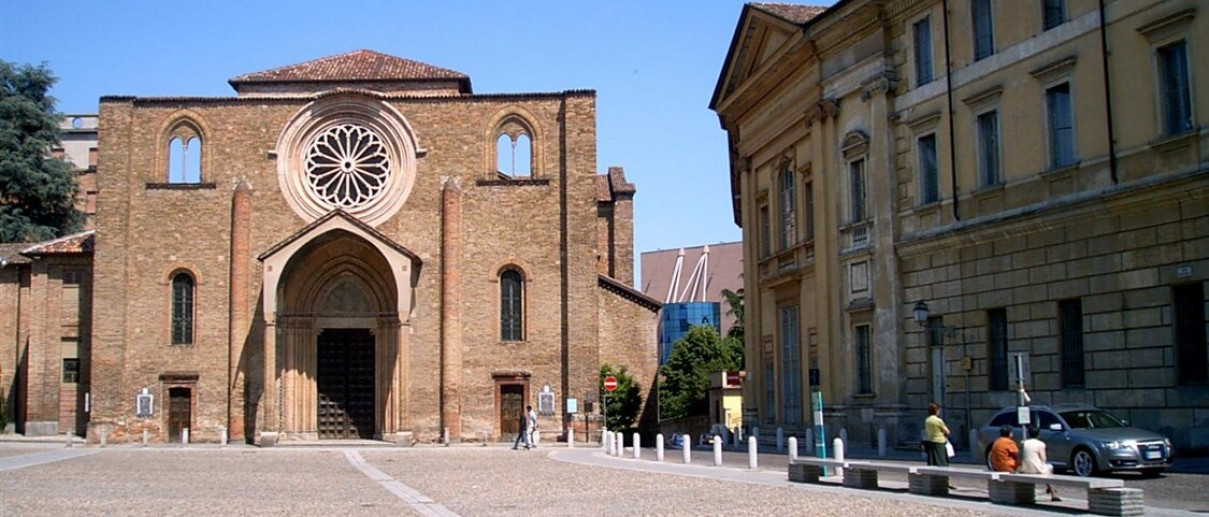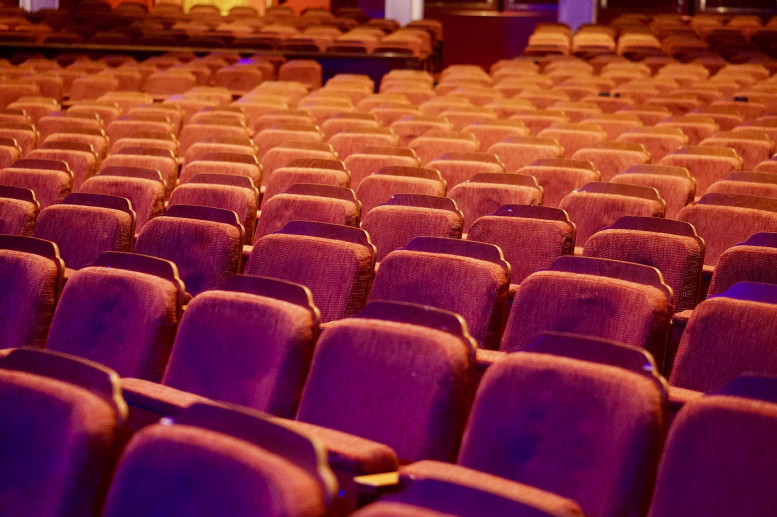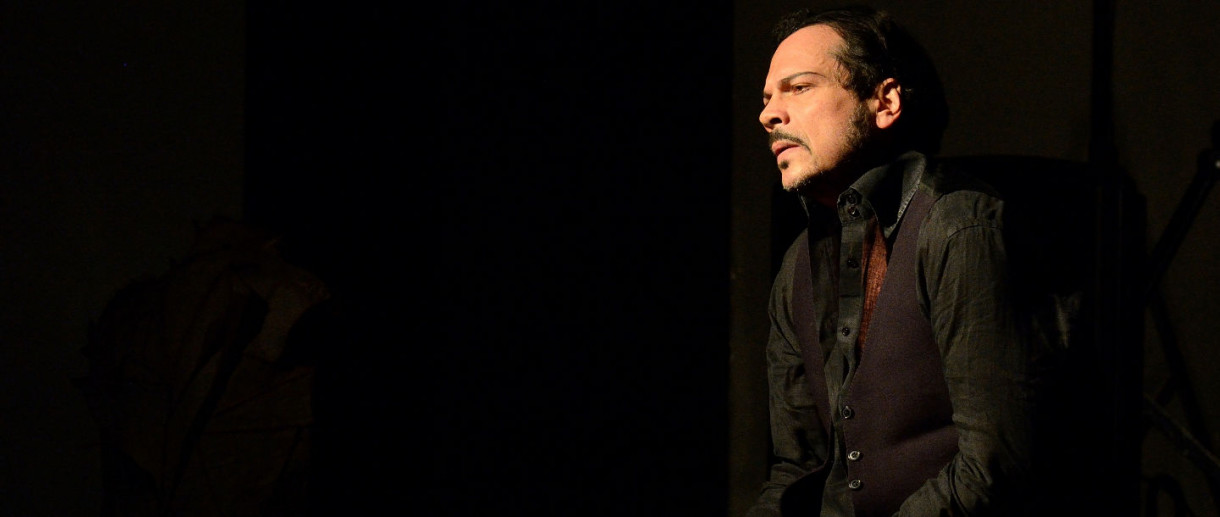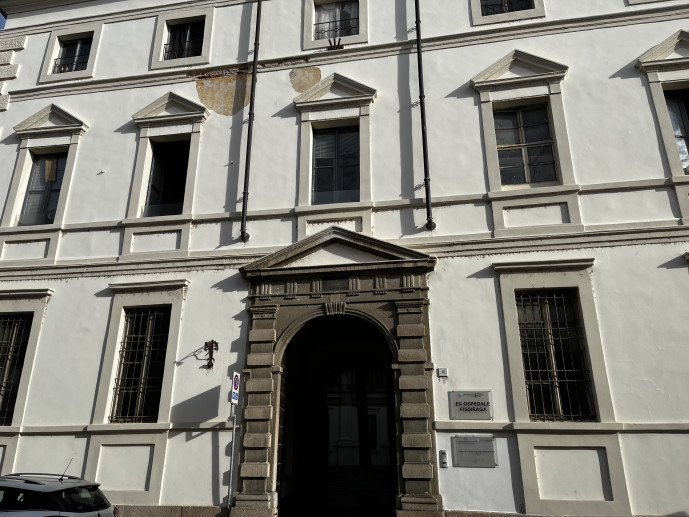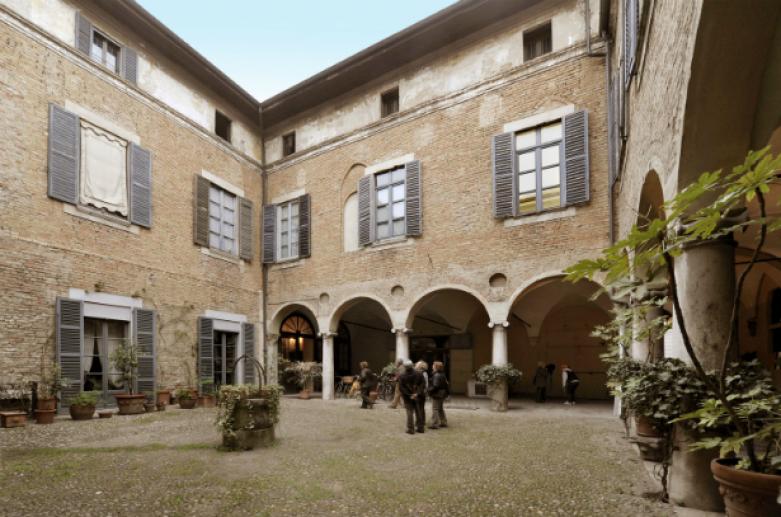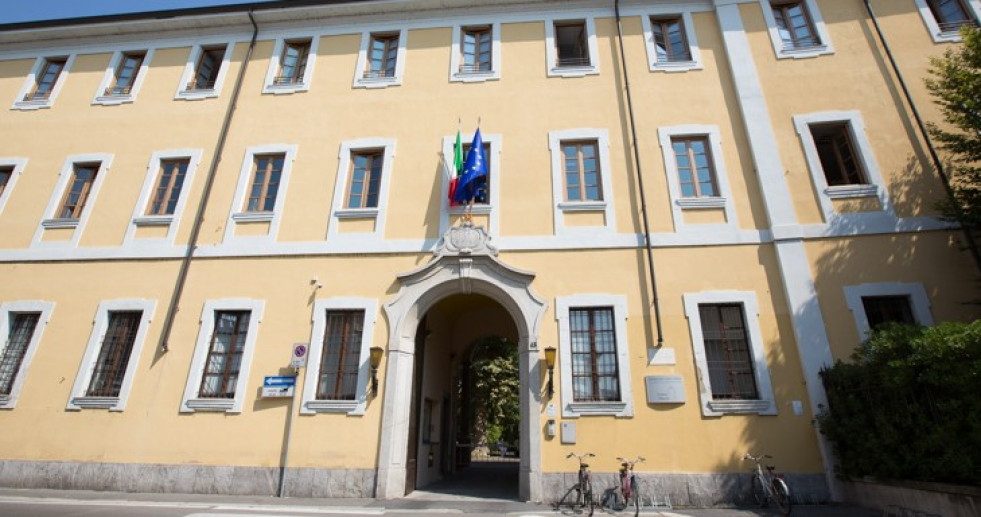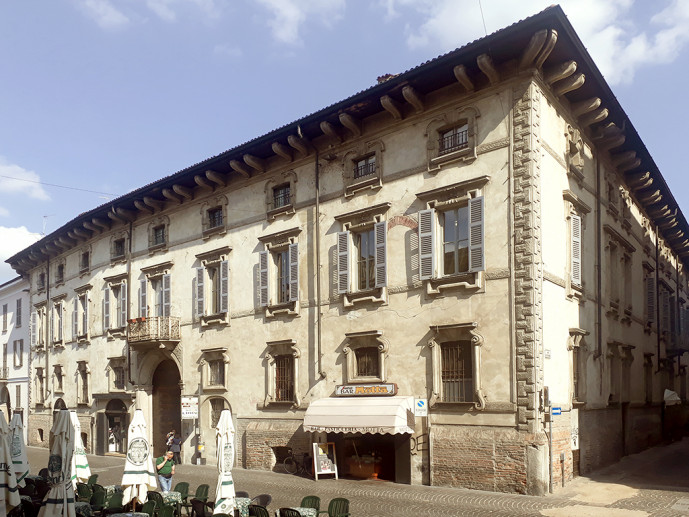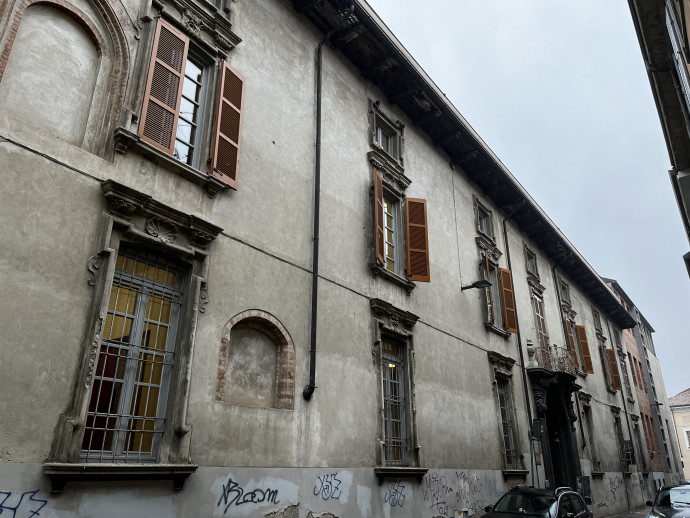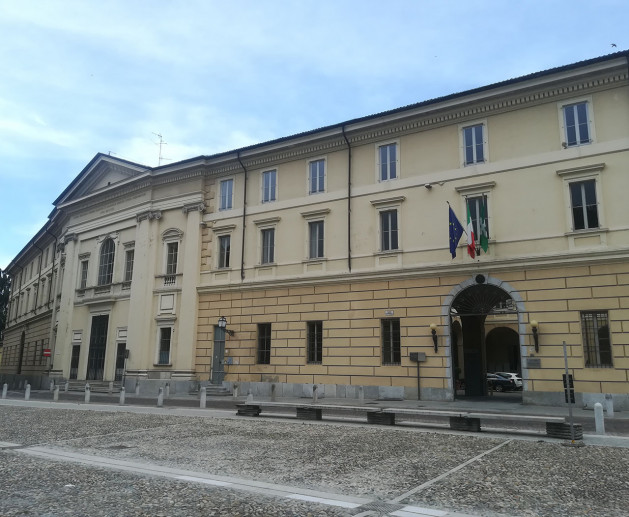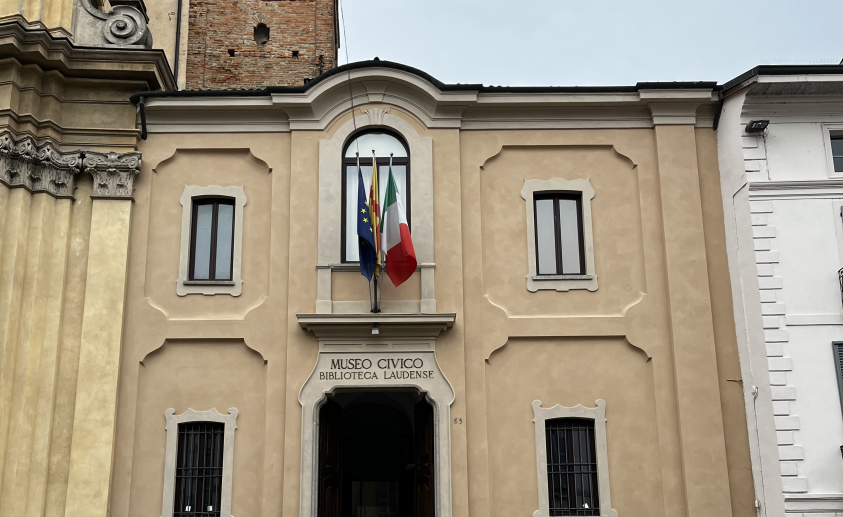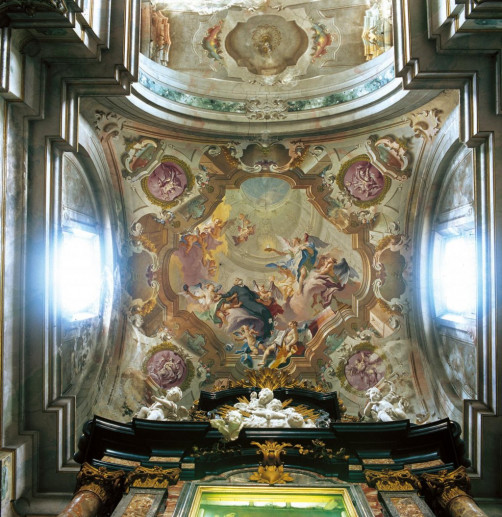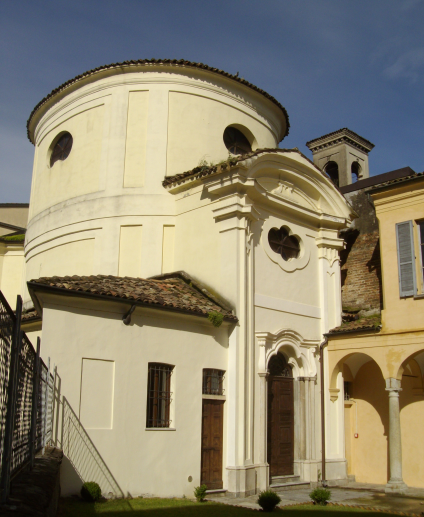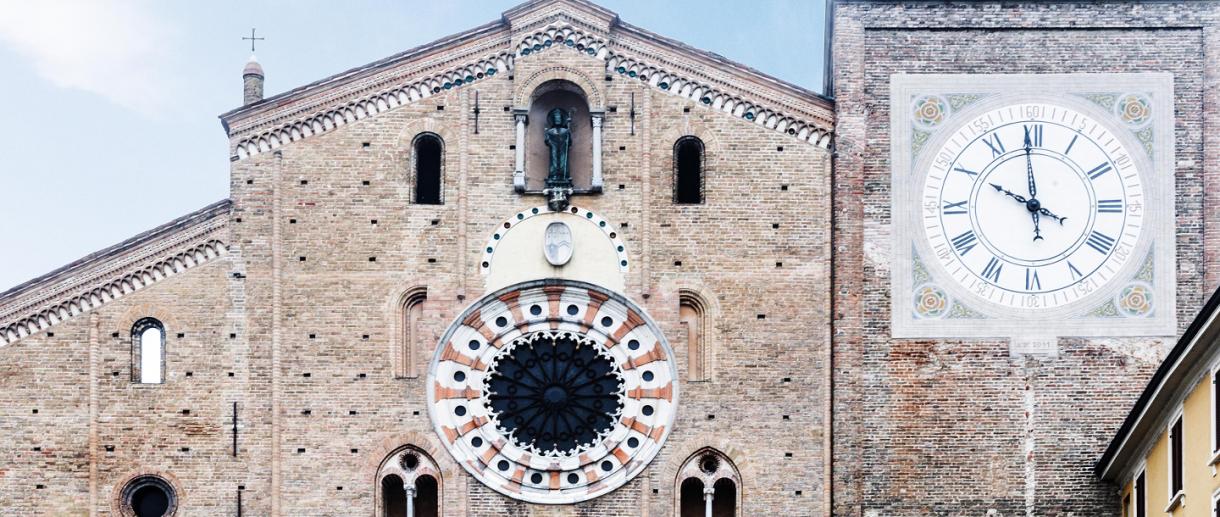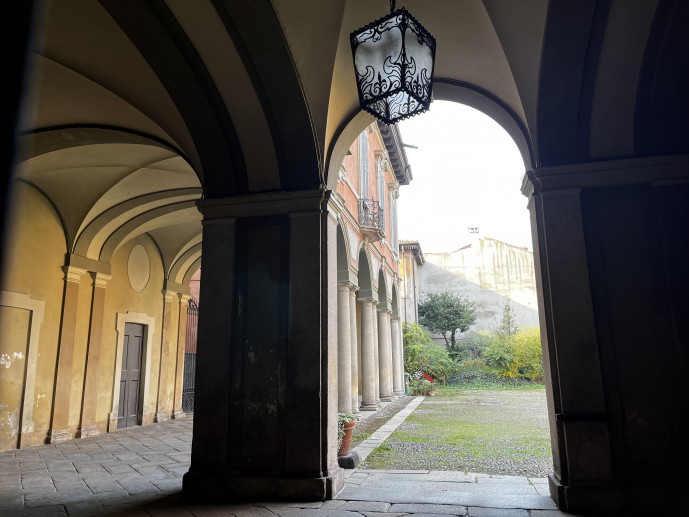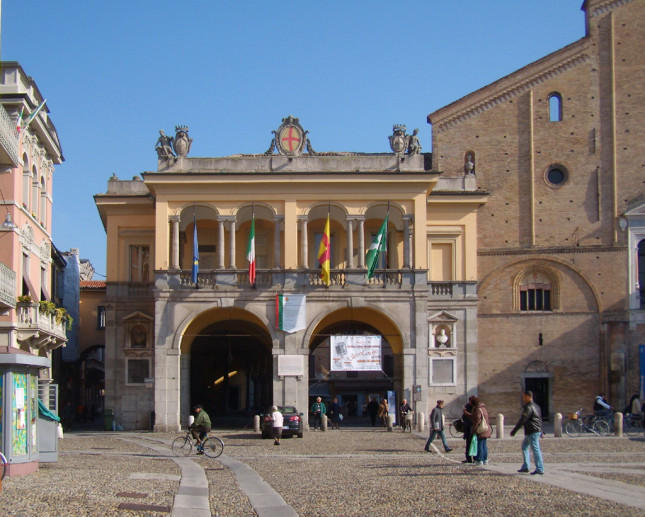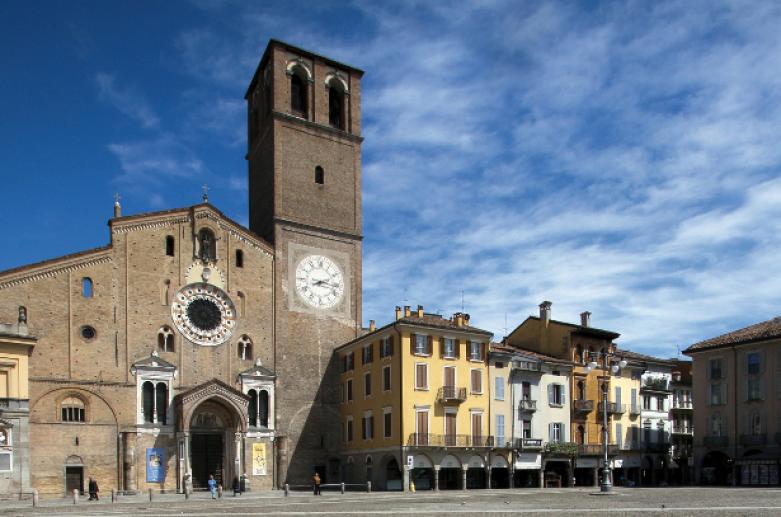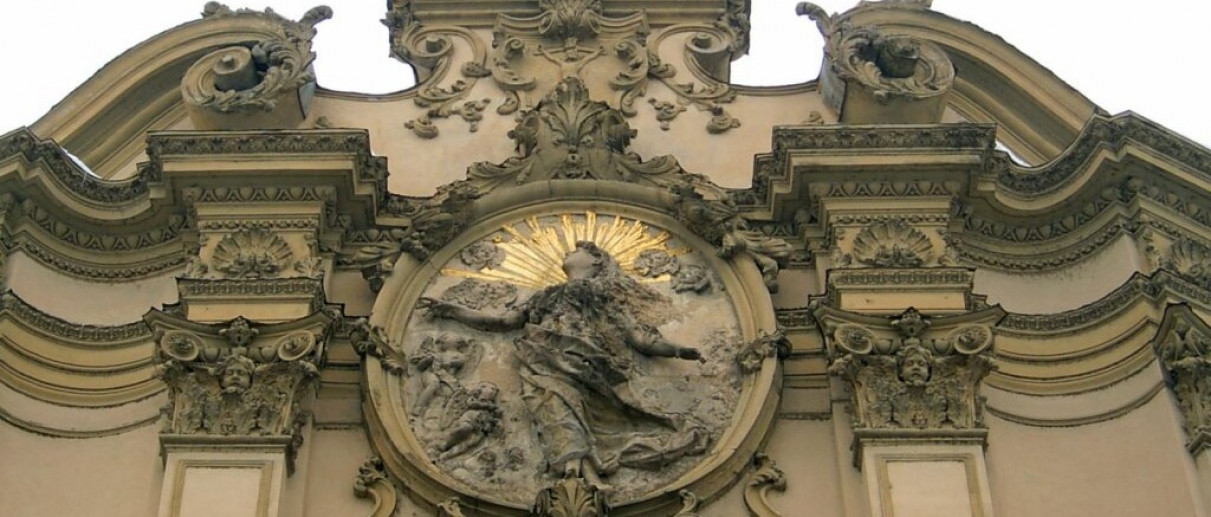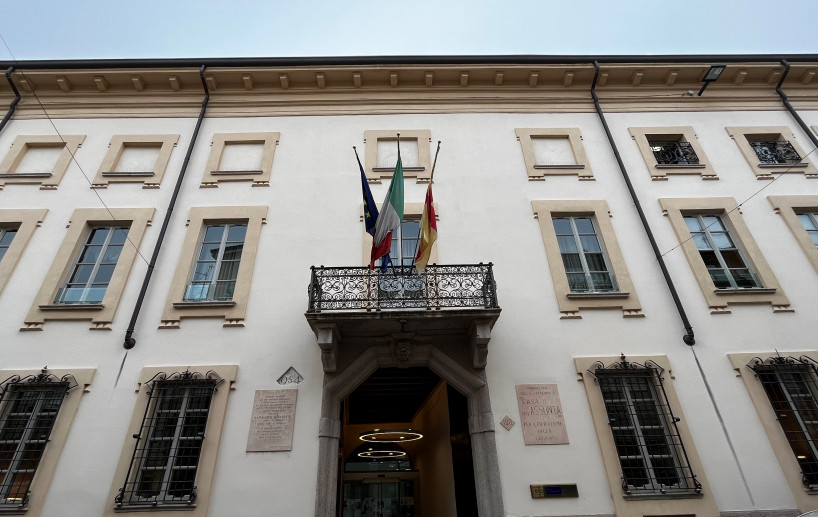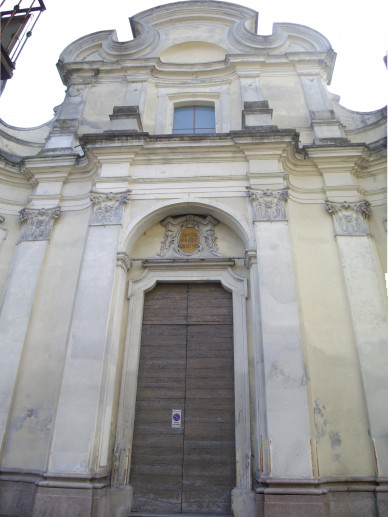- Art & Culture
- Active & Green
Collegio San Francesco
The Museum of Natural Sciences, owned by the Barnabite Fathers, was founded in 1833 and offers a large collection of animal specimens.
The natural science collection offers a collection of specimens that is a nice tool for learning about nature. The exhibits were collected by the Barnabite Fathers from the mid-19th century onwards.
The museum is divided into several sections including fossils, reptiles, mammals, fish, plants, shells, and minerals.
HISTORICAL BACKGROUND
The Natural Science Museum, owned by the Barnabite Fathers and located at the Collegio San Francesco in the centre of the city of Lodi, was founded in 1833. The Museum is arranged along three wide corridors on a covered area of approximately 300 square metres.
The records kept in the Historical Archives of the Collegio show that the promoter of the Natural Science Museum was Father Bernardo Galli from Somma Lombardo (Varese), Rector at San Francesco in Lodi for 15 years (1859-1874) and teacher of Natural Science. Therefore, the date of the foundation of the Museum is presumably around the years 1859-1860. And in 1884, the Community of the Fathers approved the transfer to Lodi of the Museum of the Collegio di Santa Maria degli Angeli in Monza, run by the Barnabites from 1830 to 1873 and then suppressed, at a cost of two thousand lire.
Over the years, the Museum has been increasingly enriched with new specimens. Today, the total number of exhibits reaches almost six thousand. The state of preservation of the museum's collection is satisfactory, as is its safekeeping. The exhibits are all catalogued and provided with illustrative cards for better understanding.
EXHIBITION CRITERIA - VISIT ITINERARY
The Museum is structured in five sections relating to zoology, palaeontology, ornithology, malacology, mineralogy and petrography arranged in showcases and display cases of 19th-century design.
At the entrance is the zoological section, represented by around 500 specimens of local Italian and exotic fauna, including a lion. The large fauna also includes a brown bear and an anteater. Among the reptiles, a South American anaconda, a boa and some crocodiles stand out. Among the various types of fish are a Mediterranean dolphin, sharks (three), a sunfish or pufferfish and among the amphibians a Mediterranean monk seal.
The palaeontological section consists of around eight hundred fossils ranging from the Archaeozoic to the quaternary era. Visitors can admire a petrified fish from the Quaternary era. On display in the showcases are molluscs, including gastropods, bivalves, cephalopods (octopus, cuttlefish, and nautilus). The following are part of this section: two 60-million-year-old dinosaur eggs (Saurologus) from Mongolia, a 150 million year old araucaria from Arizona, an upper molar of Helephas meridionalis from the Pliocene period, discovered in the Piacenza area, another upper molar of Helephas indicus and a whale vertebra (Phiseter), an ammonite from the Jurassic period, from Bavaria, stromatolites and trilobites. An elephant jawbone (Helephas primigenius) and a skull, traces of the presence of primitive man, were found in the Lambro River near Livraga (Lodi).
The ornithological section consists of around seven hundred specimens of stuffed, rare, and extinct birds including: multicoloured parrots, hummingbirds and a lyrebird. An albatross and a sea eagle stand out for their large size. A showcase contains some thirty nests of different sizes and shapes. At the bottom of the showcase is a collection of eggs, including several ostrich and pelican eggs.
The malacology section consists of around 1,000 shells of various shapes, sizes, and origins, with notable specimens from the Caribbean Sea and the fearsome cones, equipped with a defensive system consisting of a very poisonous tip.
The mineralogy and petrography section consists of a collection of around 2,000 specimens of multiform and varied minerals, including: copper, silver, platinum, gold, and sulphur ores; magmatic eruptive, sedimentary, clay, organogenic and metamorphic rocks. Of particular interest are a large druse of quartz with geminates, from the Simplon tunnel and discovered at 2,000 metres from the summit of Mount Leone, various amethysts and agates that have taken on the colour of iron (red) or cobalt (blue), about thirty fluorescent minerals (autunites, aragonites, calcites) that emit light when struck by ultraviolet rays.
Of great historical-scientific value are the rich collections of two herbaria conserved in the Museum: the Lombardy-Veneto Herbarium, dating back to the first half of the 19th century, which brings together around 5,000 specimens of vegetation from the two regions, and the Italian Cryptogamic Herbarium, relating to plants with non-obvious but supposed reproductive organs, dating back to the second half of the 19th century, which brings together around 1,500 herbs from all over Italy.
On the ground floor of the building of the Collegio, in large showcases covering an area of over 100 square metres, is the collection of scientific instruments (around 750), dating from the 17th to the 21st century.
Admission fee € 3.00 per person
Guided tours with prior appointment by telephone or e-mail.
OPENING HOURS
Opening hours: Monday to Friday, 8.30 to 12.30. By telephone appointment at other times. Closed in July and August
Opening hours
-
